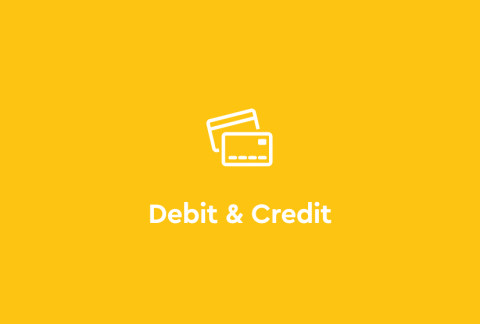How to set up a bank account for your teen

While we learn many important life skills throughout our childhood –– from reading and writing to driving a car or doing laundry –– money management is often overlooked. In fact, a recent study from the Financial Industry Regulatory Authority (FINRA) revealed that 66% of Americans can’t pass a basic financial literacy test. And when it comes to our kids, student loan advisor Nitro College reported that 84% of teens felt high school did not prepare them for handling personal finances, and even lobbied to offer a mandatory course.
As a result, it’s become even more important to find teachable money moments from your child’s allowance to piggy bank savings and more. However, many experts agree that the best way to get a crash course on managing your finances is by opening a bank account. So, if you’ve got a teenager in the house, now’s the time to get started.
The benefits of opening a bank account for teens
Like many other habits in life, kids tend to observe our behaviors and repeat them, but when it comes to money management - there’s no substitute for the hands-on learning that opening a bank account will provide.
Foster independence As we know, teens are very focused on earning their independence, and getting them a bank account is a great place to start. It allows your teen to “spread their wings” a bit - giving them a place to manage their babysitting and lawn mowing money. As bank accounts are often tied to debit or spending cards, it also removes the burden of having to lend out your card anytime your teen wants to shop online or order takeout.
Introduce modern tools Additionally, having a stack of cash sitting in your teen’s bedroom isn’t doing them any favors when it comes to learning how to manage their money. The shift towards an entirely digital economy is happening, and to be prepared, teens must be well versed in how to spend and manage money online.
Create incentives to save The structure of a bank account makes it easier for teens to check in on their savings (as opposed to dumping out and counting what’s in their change jar). Not only does it allow your teen to track spending in real-time, but they’ll also be able to gain confidence by seeing how easy it is to save money as they grow closer to important savings goals - whether it be a new pair of sneakers, college tuition or other goals.
Things to look for when opening an account
Ultimately, a bank account should help your teen become more financially literate. That’s why it’s important to take your time finding the right bank for your teen. They should serve as a partner that helps your teen understand how to use money as a tool and always put your teen’s interests first.
Unfortunately, many traditional banks don’t consider teens as “profitable” and therefore, rely on fees to make a profit. Let’s take a look at some common bank fees you and your teen might encounter:
Monthly fee: Some banks charge a monthly maintenance fee to keep your account open. These fees add up quickly, costing consumers an average of $14.39 per month in 2020.
Minimum balance fee: Banks often require a set amount of money that must remain in a teen account at all times. Meeting this minimum could be especially tough for your teen since they’re likely to have limited funds that change often.
Overdraft fee: Arguably the worst type of fee, banks often charge customers when they spend more than what’s in their account. Most of us have made this mistake once or twice and this penalty cost Americans an average of $33.47 each time they overdrafted in 2020.
ATM fee: A fee your teen may encounter often and that’s easy to rack up - the average cost of using an out-of-network ATM is $3.09. The easiest way to avoid this fee is by looking for a bank with the most ATMs in your area –– or better yet –– doesn’t charge these fees.
Fees are one of the fastest ways to lose money, so it’s important to help your teen save as much money as possible by looking out for these hidden charges, and ultimately selecting a bank that puts your teen’s interests before their own.
How to get started & why to choose Step for your teen’s banking needs
While you can walk into almost any traditional bank or download various digital banking apps to apply online, you’ll need to co-sign and remain on your teen’s account until they turn 18. In some cases, this can be a very time-consuming process.
However, Step’s signup process is easy and takes less than two minutes! Simply sit down with your teen, download the Step App, enter a few pieces of information and approve their account. The best part, there are no surprises or gotchas as Step doesn’t charge monthly, overdraft, ATM or lates fees and has no minimum balance required. To learn more, check out our Benefits page.








